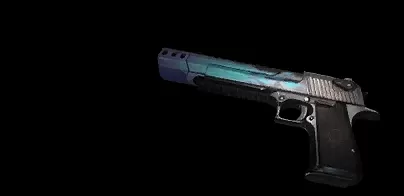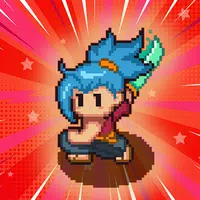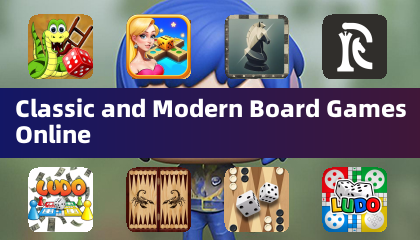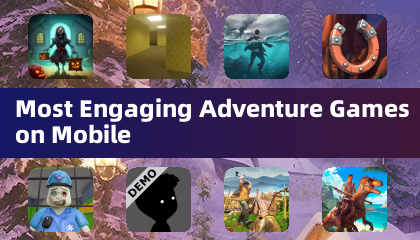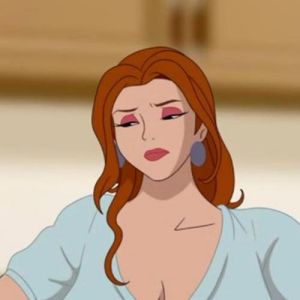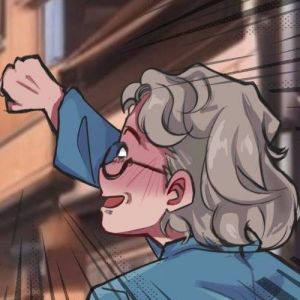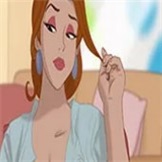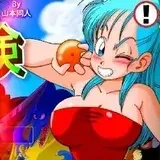 The Legend of Zelda: Echoes of Wisdom ushers in a new era for the franchise, marking the debut of its first female director, Tomomi Sano. This article delves into Sano's journey and the game's unique development path.
The Legend of Zelda: Echoes of Wisdom ushers in a new era for the franchise, marking the debut of its first female director, Tomomi Sano. This article delves into Sano's journey and the game's unique development path.
Zelda: Echoes of Wisdom – Insights from Nintendo's Developer Interview
Meet Tomomi Sano, the Zelda Series' First Female Director
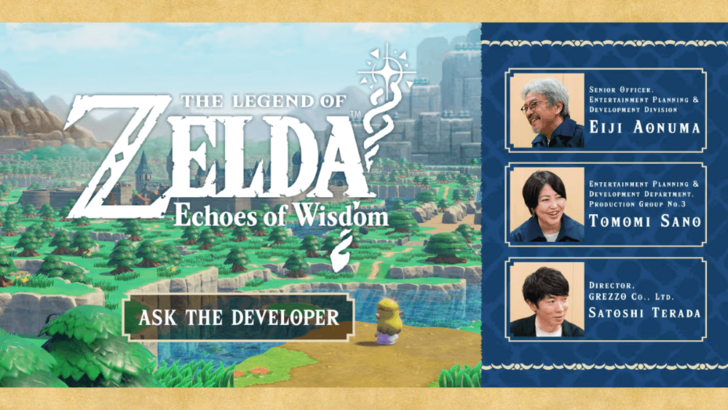 Known for its intricate narratives and labyrinthine dungeons, the Legend of Zelda series reaches a pivotal moment with Echoes of Wisdom. Nintendo's recent "Ask the Developer" interview highlighted two groundbreaking aspects: Princess Zelda's starring role as the playable protagonist and the game's direction by a woman for the first time.
Known for its intricate narratives and labyrinthine dungeons, the Legend of Zelda series reaches a pivotal moment with Echoes of Wisdom. Nintendo's recent "Ask the Developer" interview highlighted two groundbreaking aspects: Princess Zelda's starring role as the playable protagonist and the game's direction by a woman for the first time.
In a Nintendo interview, director Tomomi Sano shared her journey. Before helming this project, she primarily supported directors, contributing to Grezzo's remakes (Ocarina of Time 3D, Majora's Mask 3D, Link's Awakening, Twilight Princess HD) and the Mario & Luigi series. "My role was to manage and coordinate production, suggest adjustments, and ensure Grezzo's gameplay aligned with the Zelda series," Sano explained.
Series producer Eiji Aonuma noted Sano's consistent involvement in Grezzo's Zelda remakes, emphasizing her integral role.
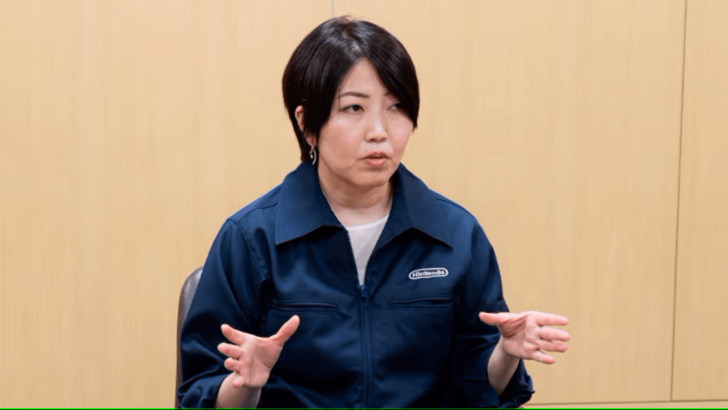 Image from Nintendo's Ask the Developer Vol. 13 Sano's extensive two-decade career began in 1998 as a Stage Texture editor for Tekken 3. Her Nintendo credits span various titles, including Kururin Squash! (Japan only), Mario Party 6, and several Zelda and Mario & Luigi games, along with contributions to Mario sports titles.
Image from Nintendo's Ask the Developer Vol. 13 Sano's extensive two-decade career began in 1998 as a Stage Texture editor for Tekken 3. Her Nintendo credits span various titles, including Kururin Squash! (Japan only), Mario Party 6, and several Zelda and Mario & Luigi games, along with contributions to Mario sports titles.
Echoes of Wisdom's Genesis: A Zelda Dungeon Maker
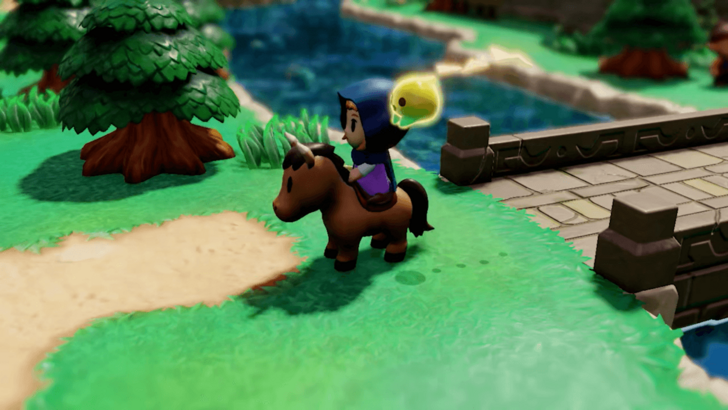 Echoes of Wisdom's origins trace back to the 2019 Link's Awakening remake. Aonuma tasked Grezzo, Link's Awakening's co-developers, with shaping the franchise's future using their top-down Zelda expertise. Initially envisioned as another remake, Grezzo proposed a bold alternative: a Zelda dungeon maker.
Echoes of Wisdom's origins trace back to the 2019 Link's Awakening remake. Aonuma tasked Grezzo, Link's Awakening's co-developers, with shaping the franchise's future using their top-down Zelda expertise. Initially envisioned as another remake, Grezzo proposed a bold alternative: a Zelda dungeon maker.
Aonuma's prompt—"What kind of game would you create?"—yielded multiple proposals. The winning concept, while similar to the final product, differed significantly in its early stages. Two prototypes explored "copy-and-paste" mechanics and a top-down/side-view perspective akin to Link's Awakening.
Grezzo's Satoshi Terada described the exploration of parallel gameplay approaches. One involved Link copying and pasting objects (doors, candlesticks) to design dungeons, termed an "edit dungeon" phase.
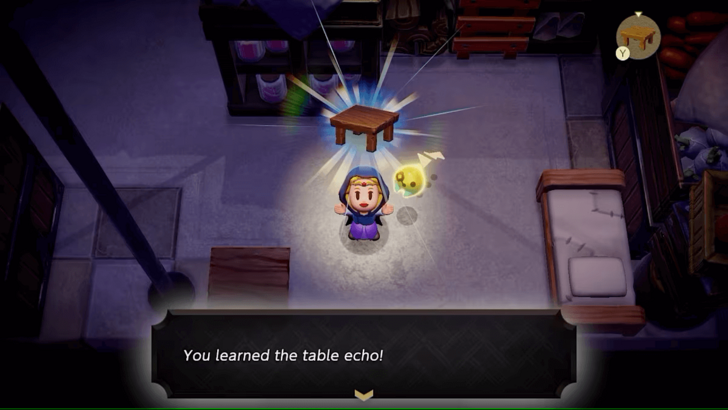 Grezzo spent over a year developing the dungeon creation mechanic before Aonuma intervened, significantly altering the game's direction ("upending the tea table"). While appreciating the initial ideas, Aonuma saw greater potential in using copied items as tools within pre-designed adventures rather than for complete dungeon creation.
Grezzo spent over a year developing the dungeon creation mechanic before Aonuma intervened, significantly altering the game's direction ("upending the tea table"). While appreciating the initial ideas, Aonuma saw greater potential in using copied items as tools within pre-designed adventures rather than for complete dungeon creation.
Sano illustrated this shift, citing the Thwomp enemy from Link's Awakening. Copying and pasting it allowed for creative uses in both top-down and side-view perspectives.
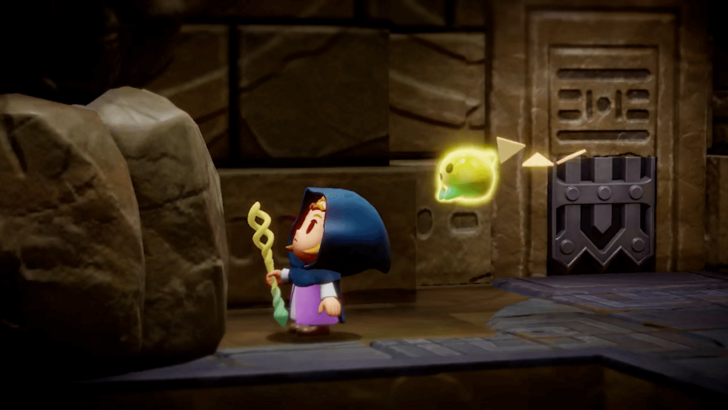 Initially, concerns arose about potential exploits, but the team ultimately removed restrictions, embracing "mischievous" gameplay. Aonuma emphasized pushing boundaries, leading to elements like unpredictable spike rollers. Sano detailed a document outlining "mischief," including rules like unrestricted pasting, puzzle solutions using absent objects, and ingenious, almost "cheating," uses of copied items.
Initially, concerns arose about potential exploits, but the team ultimately removed restrictions, embracing "mischievous" gameplay. Aonuma emphasized pushing boundaries, leading to elements like unpredictable spike rollers. Sano detailed a document outlining "mischief," including rules like unrestricted pasting, puzzle solutions using absent objects, and ingenious, almost "cheating," uses of copied items.
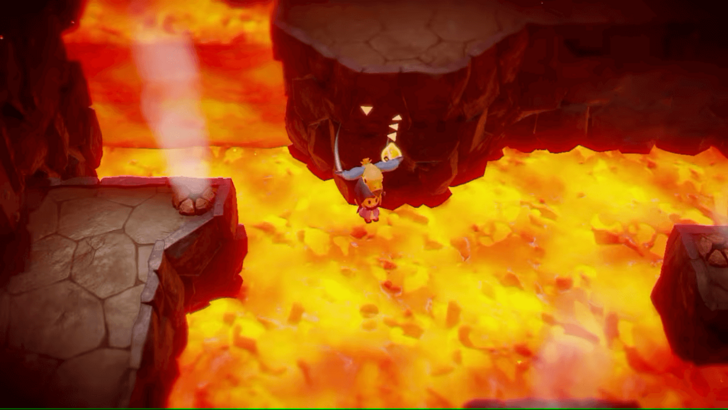 This emphasis on freedom and creativity aligns with Zelda's core design. Aonuma compared this "mischief" to Breath of the Wild's Myahm Agana Shrine, where motion controls allowed bypassing obstacles. He stressed that unconventional solutions are crucial for enjoyable gameplay.
This emphasis on freedom and creativity aligns with Zelda's core design. Aonuma compared this "mischief" to Breath of the Wild's Myahm Agana Shrine, where motion controls allowed bypassing obstacles. He stressed that unconventional solutions are crucial for enjoyable gameplay.
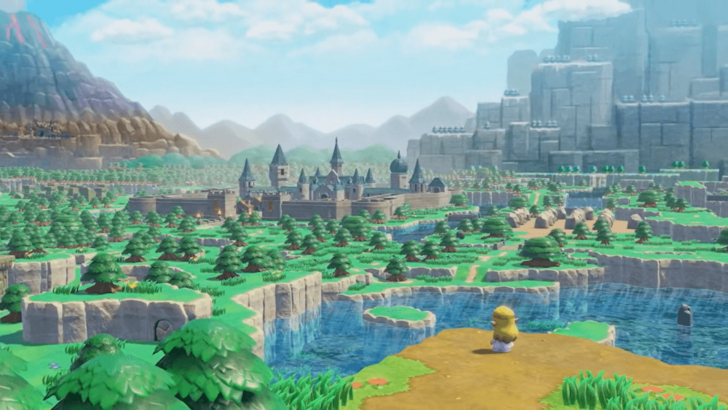 Launching September 26th on Nintendo Switch, The Legend of Zelda: Echoes of Wisdom presents an alternate timeline where Zelda rescues Hyrule amidst dimensional rifts. For further details, explore our accompanying article.
Launching September 26th on Nintendo Switch, The Legend of Zelda: Echoes of Wisdom presents an alternate timeline where Zelda rescues Hyrule amidst dimensional rifts. For further details, explore our accompanying article.


